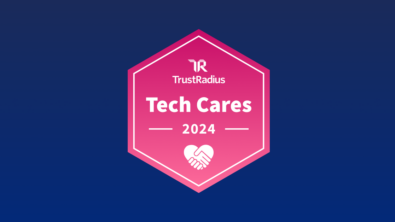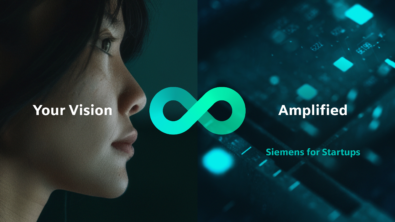Ch…ch…ch…changes
A few weeks ago, I sat in on a special session at PLM Connection that was focused on the impact of ‘Social’ on PLM and Engineering / Manufacturing in general. This should be the last post from me on this year’s PLM Connection. I haven’t been putting it off per se – just needed some time to digest what I heard. Let it stew in the subconscious as it were.
The session was facilitated by Brad Holtz from Cyon Research (we were expecting a COFES style discussion) and featured a real world case study from Jim Ayers of Northrop Grumman. The session had about 30 participants when we started (a few fewer by the time we ended unfortunately). I was expecting that perhaps we would have a lively conversation about some of the legal, capital or standards issues I had raised about using social approaches in manufacturing in a recent post. I had hoped that maybe we could dive into some application examples of how social could extend collaboration beyond the supply chain and get the customer involved, be built into products themselves, or be used to feed a semantic model that could churn out world beating products faster than ever before. My hopes were… not met.
What happened instead (this is the part I needed to think about for a while)? I came face to face with some of the real obstacles that we face to get from where we are now to really acting on the concept of social production in manufacturing:
- We need to stop thinking of social tools as just an extension of the tools we already now. Twitter is not Email. Facebook is not a discussion board. The biggest difference we have to get our collective heads around is that of permissions. The fundamental assumption of email is that if you have my email address you have permission to send me things, bulk email and related CAN-SPAM laws notwithstanding.With social, you decide who’s information you see. If I stop being interesting / valuable to you in email you still have to suffer with my messages in your inbox, again short of you telling me stop. On social its a simple click of the unfollow / unfriend button and you are no longer troubled by my useless drivel. You give me permission to communicate with you. If you have to think of it like email (and I strongly suggest that you do not) then think of it like this: imagine email where you could change your address whenever you wanted and only have the people you wanted to hear from have your new address with no work on their part. Another fundamental difference is expectation – when you send someone an email, you expect them to read it; when I tweet something I don’t expect anyone to read it.To fully leverage out social tools we have to surrender to the river of news and trust if we’ve done a good job of cultivating the people we follow that they will keep the information flowing and it will still be there when we take a dip in the stream. If we can’t get fully comfortable with this, then we’ll have to wait for some developments in the semantic / user agent area to be watching the feeds for us and tell us when something interesting happens. We just can’t expect to follow all the people (and things) that might be useful to us AND read all the things they update with all the time. In fact, not only should we not expect to, we shouldn’t try – we’ll get more value out of it if we don’t.
- We need to get IT to let us have access to the tools that are already available – even if there is no direct business value to their use. This is really in support of the first point above. I can blog and tweet and facebook until I am blue in the face about how to use these tools, but until you get some experience with it yourself and really see how its different, you won’t get it. You’ll read the paragraph above and shake your head and say I have lost it – how can I ever get value out of following a bunch of people and not reading what they have to say all the time. All I can say is try it. And keep trying it until you figure it out (because the first time I tried it a few years back I was unsuccessful…it wasn’t until I tried again that I started to see it). And the only way you are going to be able to try it is if your IT department stops blocking twitter, facebook and/or youtube.
- We need to stop treating every exchange with a customer as an official communication. This was perhaps the biggest eye opener for me. I did not realize that any communication with the customer / user can be considered official within the stricture of most development processes. I can’t talk to my user to brainstorm on ideas, discuss how to make the product better or get a feel of what they want next without the fear of something I say being taken as a commitment. That has got to change – there has to be a place for the free and open sharing of ideas, concepts, reactions and just general socialization if we are going to move to a social production model. This may be the hardest of all to overcome, at least for existing companies with existing processes, but we at least have to try.
None of these are insurmountable, but they all need to be addressed before we can move forward. I am more convinced than ever that there is opportunity here for both existing manufacturers and start-ups. Look at what Local Motors is doing. Look at what happened at the recent maker faire. Look at what’s possible now in going straight from design to production – for anyone with a PC, some software, a credit card and an idea.
The opportunity is there, the challenges are clearly outlined. What gives me hope is that manufacturig has had to go through this sort of change before – when they first adopted PLM. Many inital PLM conversations were about technology, just like many social technology conversations today. It didn’t take long though for everyone to realize that tools aren’t enough – that there has to be a perception and a culture shift to make the tools work for you. It will be the same with adopting social approaches in manufacturing – we will stay fixated on the technology for a while longer, but as soon as we grasp what it will make possible, then we can start the real work of changing how we go about making things.


